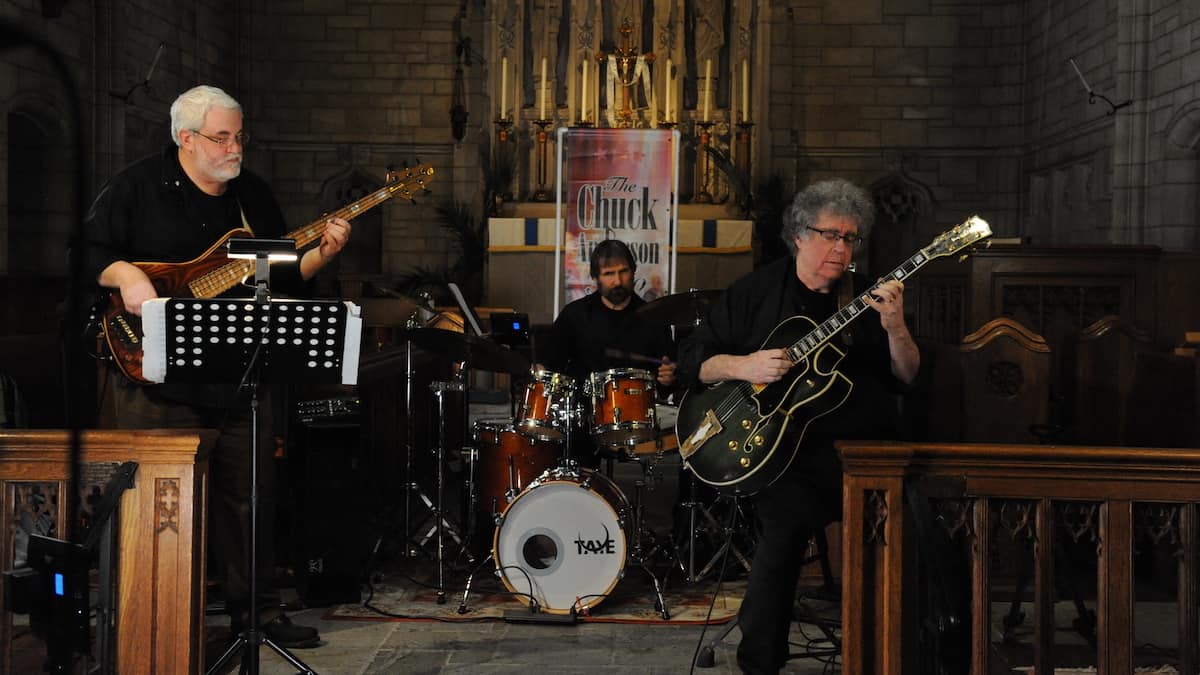Columns
What is Your Repertoire?

Jazz Guitarist and Educator Chuck Anderson breaks down what you need to know about your Repertoire.
Repertoire is simply the songs that you play. Whether you play for yourself or an audience, every song you play at a performance level is in your repertoire. The jazz guitar approaches repertoire in several different ways.
#1 – Single note melody can be played in the octave that is written or it can be played up one octave.
If you are a reader, you’ll take the melody from the lead sheet. If you don’t read, you’ll have to work out the melody by ear. In either case, memorizing the melody is the first step in learning a song. Ultimately, you can vary or interpret the melody to suit your sense of the song.
#2 – Background chords are the harmonic base of any song.
To a certain degree, you need the chords more in a band situation than you do the melody. You will play the chords when a voice or another instrument solos or plays the melody. You will use the chords as the basis for your solos.
Your job on the chords is to select good voicings, be able to transition smoothly between chords and use an appropriate rhythmic feel. Stay in tempo and make sure that you differentiate between swing, ballad, bossa, jazz waltz etc.
#3 – Melody and Chords are uniquely characteristic of the jazz guitar.
It is most often used on unaccompanied guitar and in a trio setting such as guitar, bass and drums. Interactions with
The melody chord technique , as the name implies, combines single notes with chords. The chords in melody and chord are treated differently than they are in accompaniment. Each chord used has the melody placed in the highest voice. The melody is typically played an octave high than written.
#4 – Improvisation represents the area most jazz guitarists spend the most time developing.
The key to improvisation lies in understanding the chord progression of the song. Detailed understanding of the progression allows the improviser to select scales, arpeggios, etc. which are the basic tools of solos.
Your goal in improvisation is to create a new, spontaneous melody over the chords. The density of the solo is your choice. Flashy solos are not as significant as musical solos.
More Chuck Anderson articles and lessons.
-
Jazz Guitar Lessons2 weeks ago
New JGT Guitar Lesson: Analyzing “Without A Song”
-
Jazz Guitar Lessons4 weeks ago
New JGT Guitar Lesson: Considering “Falling Grace”
-
Artist Features1 week ago
New Kurt Rosenwinkel JGT Video Podcast – July 2024
-
Artist Features2 weeks ago
JGT Talks To Seattle’s Michael Eskenazi



















